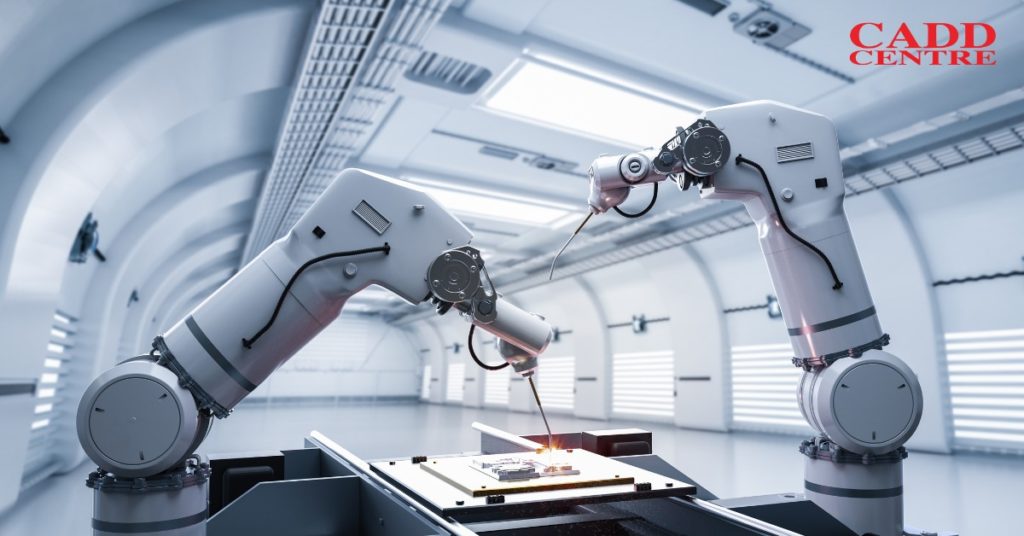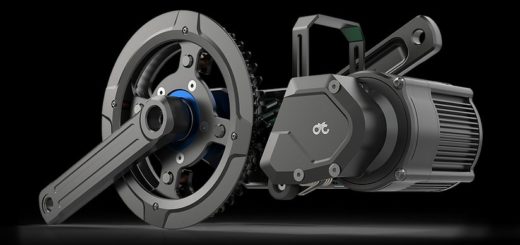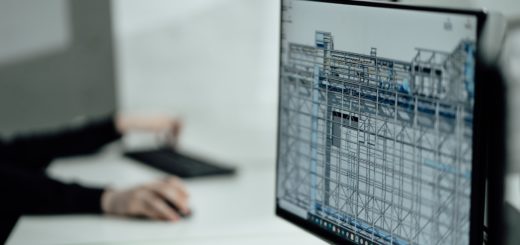Latest Trends in Mechanical Product Design
Mechanical product design is an ever-evolving field, and staying updated with the latest trends is essential for professionals in this industry. In this article, we’ll explore several key trends that are shaping the landscape of mechanical product design in 2023. The influence of advanced manufacturing techniques and cutting-edge technologies is shaping the conceptualization, design, and market introduction of products.
What is Mechanical Product Design?
Designing mechanical products involves making things that function well and are easy for people to use. Think of your smartphone – the way its buttons are placed and how it fits comfortably in your hand, that’s all part of design. Additionally, aesthetics play a role, such as the sleek appearance of a sports car or the ergonomic design of a chair.
Mechanical product design is about making products that not only function properly but also work efficiently and look attractive. So, if you’ve ever admired a beautifully designed gadget or found a product super easy to use, you’ve appreciated the work of mechanical product designers.
Let’s discuss the latest trends in this field.
1. Additive Manufacturing: Shaping the Future of Production
One of the most significant trends in mechanical product design is additive manufacturing, often referred to as 3D printing. This technology has been essential in dealing with supply chain disruptions, like what happened in 2020.
According to projections, the global market for additive manufacturing is expected to reach a staggering $51 billion by 2030. This increase shows how important it’s becoming in many different industries.
- Additive manufacturing builds objects layer by layer, facilitating complex and customized designs.
- It offers advantages like reduced material waste and faster prototyping.
- The technology enables on-demand and decentralized production.
2. Factory Automation: The Rise of Smart Systems
Automation is no longer limited to manufacturing plants; it is increasingly impacting various engineering and manufacturing sectors. From robotics to smart sensors, automation is transforming the way products are designed and produced.
The demand for engineers and designers with programming knowledge is on the rise as companies embrace automation and smart systems to boost productivity and efficiency.
3. Generative Design: Where Art Meets Algorithms
Generative design is a trend that blends topology optimization and simulation algorithms to create product designs automatically, considering important objectives, materials, physics, and manufacturing methods.
This approach takes design to new heights by allowing software to explore a vast design space, often resulting in innovative and efficient solutions that may not have been discovered through traditional methods.
4. Artificial Intelligence: Empowering Creative Design
Artificial intelligence is transforming traditional product design methods. AI-powered tools and robotic design skills assist designers in optimizing designs, reducing development time, and enhancing product performance.
AI’s ability to analyze vast datasets and simulate real-world scenarios empowers designers to unlock their creative potential and push the boundaries of what’s possible.
5. Product Development Consulting: Crafting the Perfect Form
Industrial designers are crucial in shaping product styles and form factors that connect with the target market. Their knowledge of user preferences, ergonomics, and aesthetics guarantees that the end product not only works well but also looks good and meets the desires of consumers.
6. The Third Material Design: Google’s Material Design UI Framework
Google’s Material Design UI framework remains the go-to standard for various types of product design. Its principles of clean, intuitive, and consistent design continue to have a significant impact on user interface design, spanning from mobile apps to websites and beyond.
7. Simulation Algorithms: Ensuring Reliability and Safety
Simulation plays a fundamental role in mechanical product design. Utilizing Simulation software like ANSYS is essential to validate designs, ensuring reliability, optimal performance, and safety
Engineers wield simulation algorithms as their magic wands, sculpting and examining the fundamental behavior of products across various conditions and situations. The outcome? these products not only meet quality and safety standards; they redefine them.
8. Other Dazzling Product Design Trends
In the midst of these power trends, several other captivating trends are emerging, each painting a unique stroke on the canvas of mechanical product design:
- Transparent Design: It’s all about the beauty of bare essentials.
- Minimalism vs. Brutalism: A clash of philosophies, offering designers a captivating dilemma.
- Retro-Inspired Tones: Nostalgia weaves its magic into modern designs.
- Sustainability-Focused Design: A quest for greener, eco-conscious creations.
- Streamlined Package Design: The art of making the outside as alluring as the inside.
These trends create new opportunities and bring fresh innovation to mechanical product design, shaping its direction and paving the way for the future, including 2024 and beyond.
Conclusion
In conclusion, Keeping up with the latest trends and mastering mechanical product design is essential for professionals in this field. From additive manufacturing to AI-powered design tools, these trends are influencing and shaping the future of product design. By embracing these trends, designers and engineers can create innovative, efficient, and user-friendly products that meet the evolving demands of the market.
FAQs
1. How can I stay updated with the latest trends in mechanical product design?
Staying updated involves continuous learning and exploration. Follow and reading industry publications, participating in conferences, and enhancing your skills with top mechanical engineering design courses.
2. What role does sustainability play in modern product design?
Sustainability holds significant importance in product design, with a growing emphasis on using eco-friendly materials, enhancing energy efficiency, and reducing environmental impact.
3. Are AI-powered design tools accessible to small businesses and independent designers?
Yes, many AI-powered design tools are available at various price points, making them accessible to small businesses and individual designers.
4. How can generative design benefit product development?
Generative design can optimize designs for factors such as weight, material usage, and structural integrity, resulting in cost savings and improved product performance.
5. What are the key challenges in adopting automation in product design?
Challenges encompass initial implementation costs, the requirement for specialized skills, and ensuring compatibility with existing processes. However, the benefits often outweigh these challenges in the long run.




